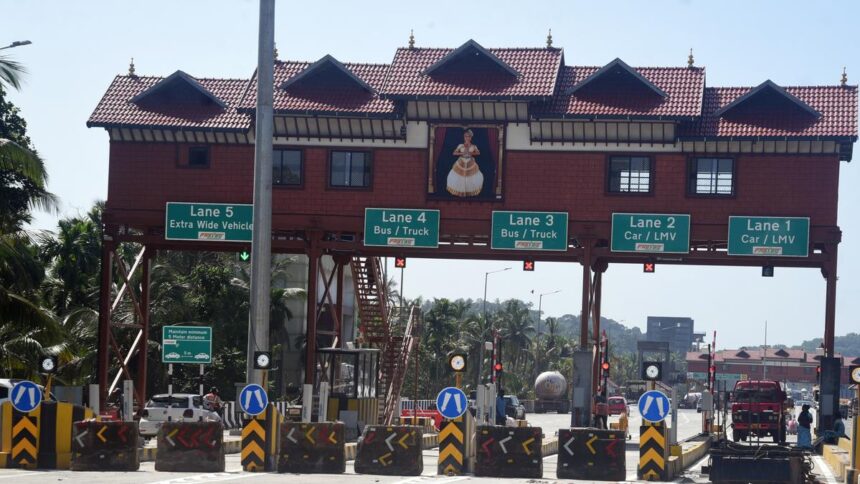An analysis by the Tamil Nadu State Planning Commission (SPC) reveals that rising temperatures, driven by urban sprawl, deforestation, and changing land use, are putting people, ecosystems, and infrastructure at increasing risk.
Titled, “Urban Growth and Thermal Stress: A Decadal Assessment of Built-Up Area and Climate Interactions in Tamil Nadu”, the study builds on the Tamil Nadu Heat Mitigation Strategy (2024) and integrates three decades of data, using satellite imagery, elevation models, and climate reanalysis to present, possibly for the first time, a block-level understanding of heat exposure across the State.
The study report, submitted to Chief Minister M.K. Stalin on Monday, confirms what many urban residents have long felt — cities are becoming hotter, faster.

Blocks such as Chennai (with 74% built-up area as of 2015), Coimbatore, and Tiruppur have seen significant urban sprawl that directly correlates with rising land surface temperatures. These changes not only worsen thermal discomfort but also strain infrastructure and energy systems.
Out of 389 blocks analysed, 94 showed severe long-term increases in temperature, while 64 currently experience extreme heat stress. Significantly, 25 blocks — including parts of Chennai, Karur, and Ramanathapuram — fall into both categories, making them the most vulnerable hotspots in Tamil Nadu.
Traditionally cooler high-altitude regions such as Kodaikanal, Udhagamandalam, and Yercaud are no longer climate refuges.
These regions have recorded noticeable warming, up to 0.7°C in Kodaikanal and 1.2°C in Tiruttani, due to forest degradation and tourism-driven development. Seventeen of the highly heat-intensified blocks are in hilly terrain, raising urgent concerns about biodiversity and habitat loss.
Under future climate scenarios (RCP 4.5 and 8.5), Tamil Nadu could experience annual air temperature increases of 0.9°C to 2.7°C by 2050. Such changes threaten crop viability, water security, and public health — especially for vulnerable groups such as outdoor workers and the elderly, the report points out.
The Universal Thermal Comfort Index for Tamil Nadu now registers “strong heat stress” in multiple districts, signalling not only rising temperatures but also the direct impact of heat on human health and daily life.
According to the SPC report, over 3,025 sq. km. of forest cover has been lost in the last two decades, according to the Tamil Nadu State Land Use Research Board (TNSLURB). These losses alter surface albedo, reduce evapotranspiration, and accelerate the Urban Heat Island effect. Meanwhile, once-cultivated lands have been either built upon or left fallow, which further degrades the State’s climate buffer zones.
Blocks such as Sriperumbudur, Poonamallee, and Kundrathur — peri-urban zones with little built-up area in 1985 — have rapidly urbanised and now record high heat intensities. Coastal districts, already vulnerable to sea-level rise and cyclonic activity, are doubly exposed to extreme heat, making integrated adaptation planning essential.
Effective strategies
To effectively combat rising heat levels across Tamil Nadu, the report urgently calls for climate-sensitive planning, particularly in urban, peri-urban, and hilly regions.
Integrating green infrastructure like parks, green roofs, and permeable surfaces into city planning can reduce the Urban Heat Island Effect, while updated building codes should mandate passive cooling features, green cover, and rainwater harvesting.
In peri-urban and hill areas, land suitability mapping, regulated construction, and afforestation are essential to prevent ecological degradation, the report says.
The study recommends enhanced heat monitoring through a real-time dashboard combining satellite and ground data, especially in rural and data-scarce areas, and embedding heat exposure indicators into planning frameworks such as Master Plans and Smart City proposals to prioritise interventions in vulnerable blocks.
Published – July 08, 2025 12:45 am IST




















